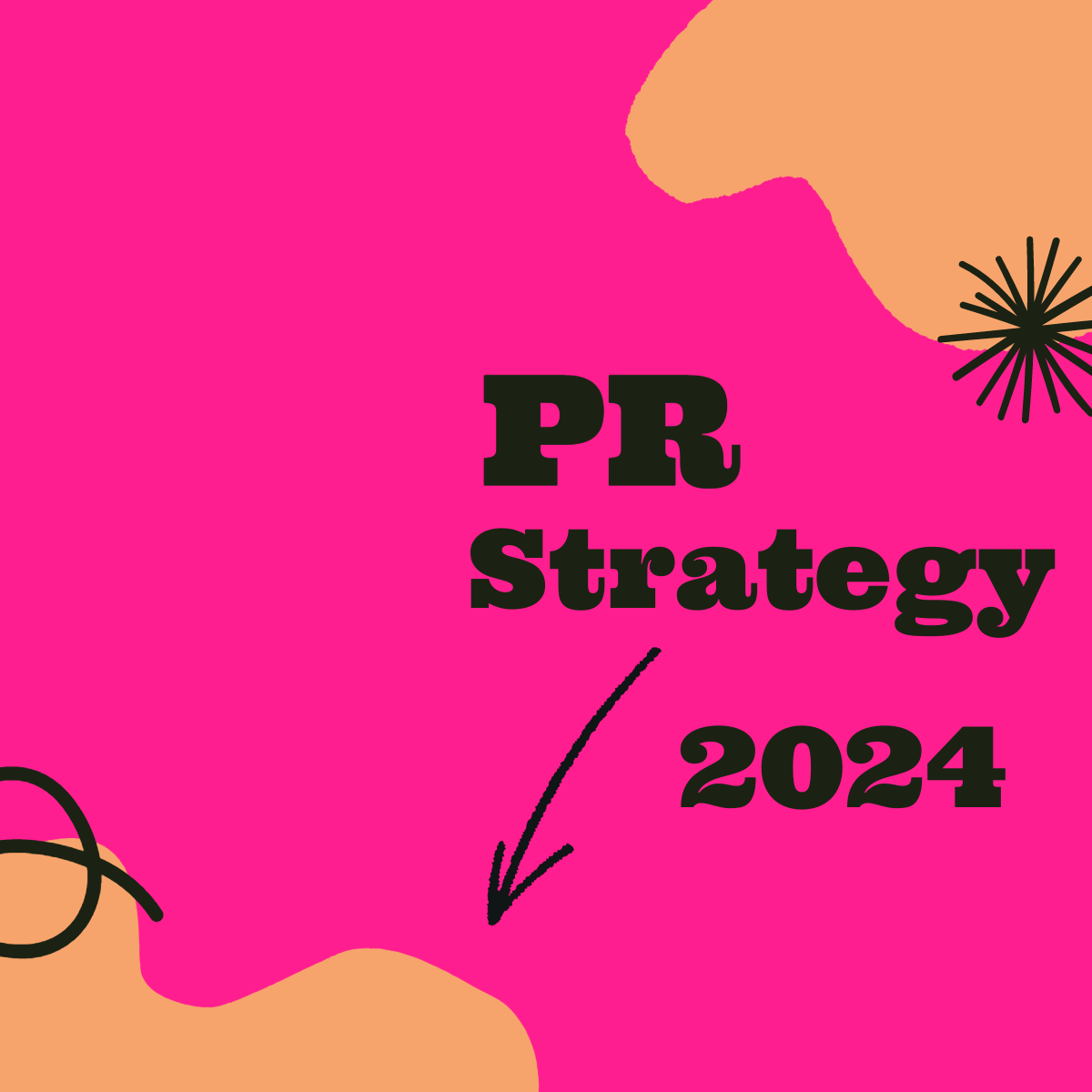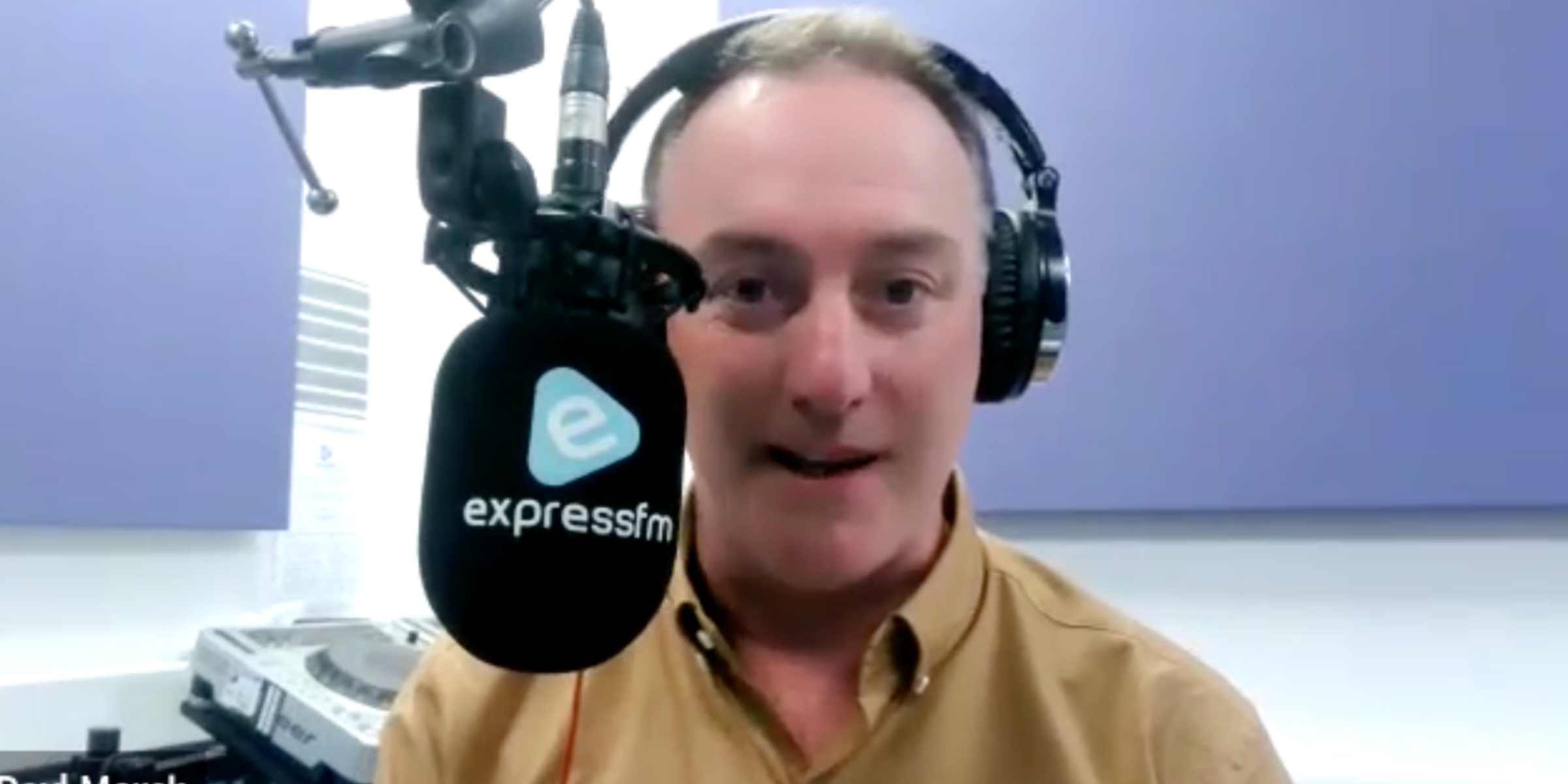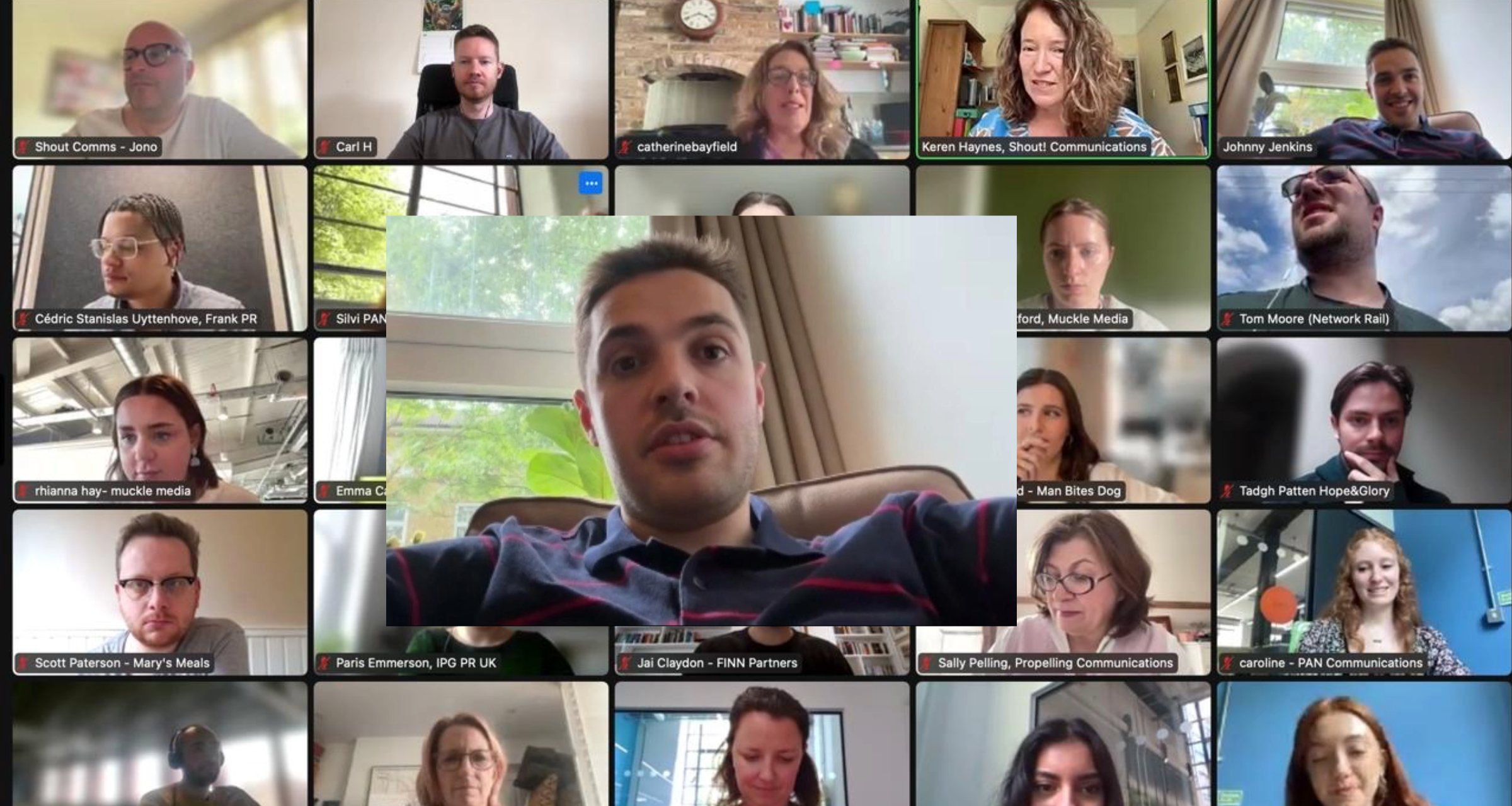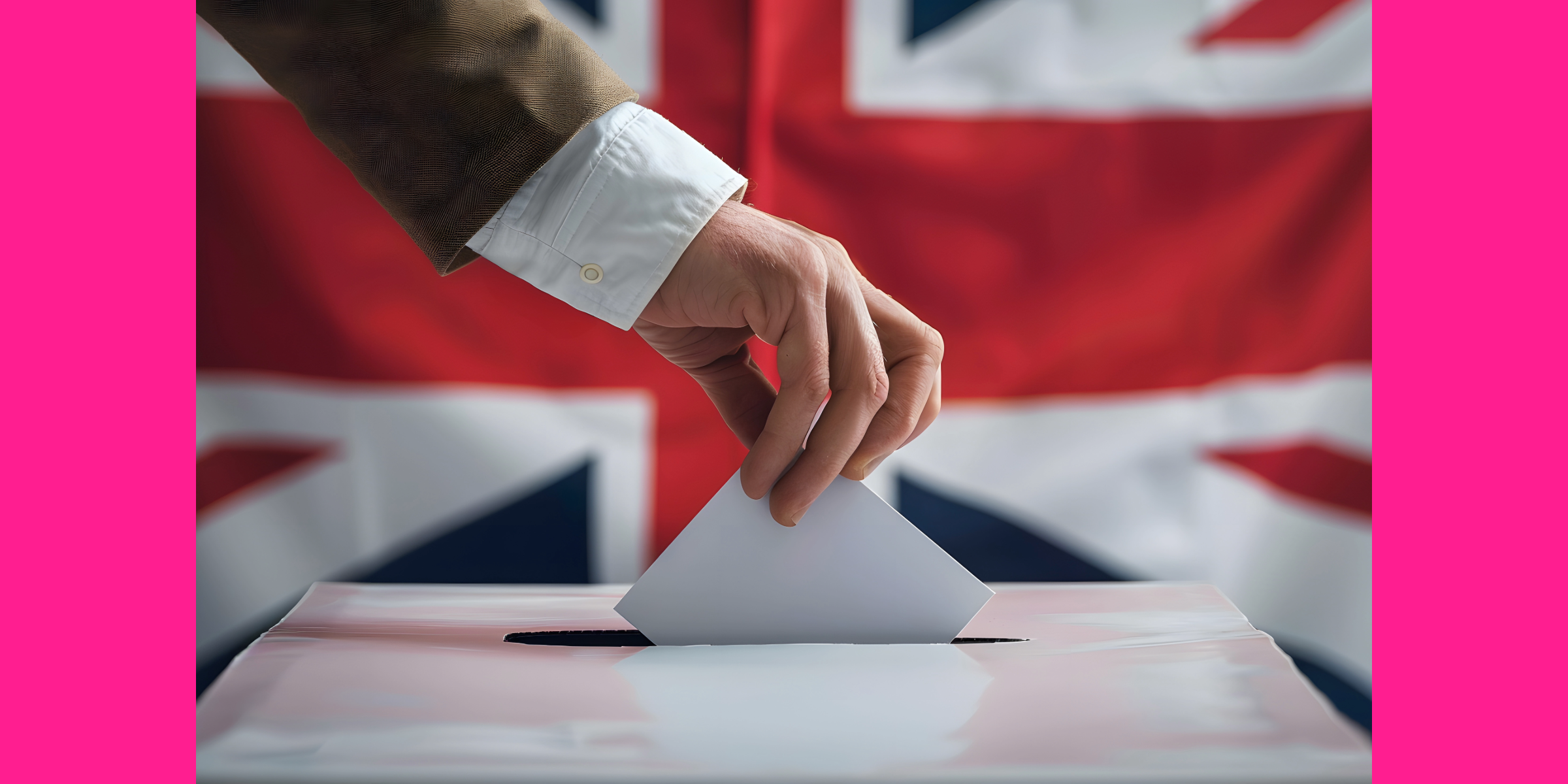We work in challenging times. Socially, politically and economically our world is changing rapidly. The news agenda continues to be frantic, with climate change, the cost of living crisis and wars in Ukraine and Gaza prominent.
Add to this the impact of digital and social media. Audiences are no longer loyal and how people consume news and information is transforming.
To work successfully in PR, and I’m going to give a specific nod to broadcast PR, you need a strategy to help navigate these tricky waters. This blog offers some ideas you can think about and try out, in 2024.
What is a PR strategy?
A PR strategy is a collection of methods, tools that can be used to enhance a PR campaign. It makes you question the why and the what. Why are you doing this PR campaign? WHAT are you trying to achieve. There is no point randomly aiming for broadcast or press coverage – there needs to be a goal.
Most clients are looking either to increase their brand awareness or to communicate one or more key message, sometimes a mixture of both. Ultimately the aim is to make customers and potential customers feel closer to a brand, so they’re more likely to eventually buy their products or services.
What does a PR strategy look like?
What are your PR goals?
There needs to be an objective, so you can measure whether your PR is a success or not. That could be an increase in revenue, a change in a buying pattern (perhaps the goal is to attract younger clients, for example) or driving new users to a website.
Who is your target audience?
This is the foundation to any business so is central to a PR strategy. Do they identify as male or female, are they young or old, educated or not. The answers to these questions lead you swiftly onto the next point….
Where can your audience be found?
By which I mean, which newspapers, websites, social media channels and radio and TV stations does your audience favour. Each media channel knows it’s own and generates and accepts content that they feel their readers or viewers or listeners will appreciate.
UK media is both social class and politically orientated; it also segregates, intentionally or not, by age and gender.
Eupedia.com sums up the world of print like this:
“Red-tops are read mostly by the working classes. Mid-range tabloids pander to the less-educated (lower to middle) middle classes. Broadsheets appeal mostly to upper, upper-middle and some middle-middle classes. “
(Red-tops is a reference to papers such as The Sun or Mirror; mid-range means the Daily Mail and Daily Express; broadsheets include The Times, Telegraph and Guardian).
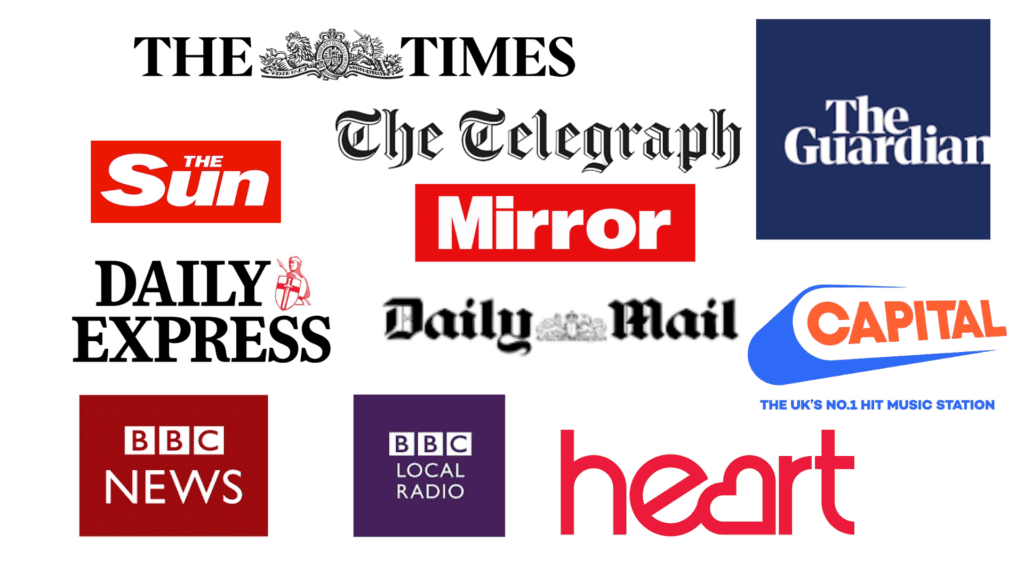 Similarly, broadcast can also be summed up in categories. With the exception of GB News, and arguably Times Radio (the sister radio station of The Times newspaper), broadcast claims to be apolitical – instead nearly all radio and TV channels promise, when talking about politics, to report without bias.
Similarly, broadcast can also be summed up in categories. With the exception of GB News, and arguably Times Radio (the sister radio station of The Times newspaper), broadcast claims to be apolitical – instead nearly all radio and TV channels promise, when talking about politics, to report without bias.
They can, however, be distinguished by age. Heart and Capital for example attract younger and more female orientated listeners. BBC Local Radio, in contrast, appeals to an older audience, more typically over 50s.
Developing and using key messages
Knowing what you want to say is critical. When we media train spokespeople (for radio and TV, but print too) we say there are two goals: firstly, to learn how to give a journalist what they want from a spokesperson, but secondly, how to work your key messages into an answer.
Particularly for broadcast, a key message needs to be succinct – you need to be able to sum it up into a sentence, ideally without drawing breath. Any longer and it’s too wordy and complicated. And, no more than 3 key messages tops. If you communicate even a single key message then that is a successful interview. You cannot sound like an advert therefore each key message should be unique – perhaps one pithy summing up of the nub of the story as the first key message; the second can be explaining the significance of the first key message; the third key message could be factual, such as giving out a website address.
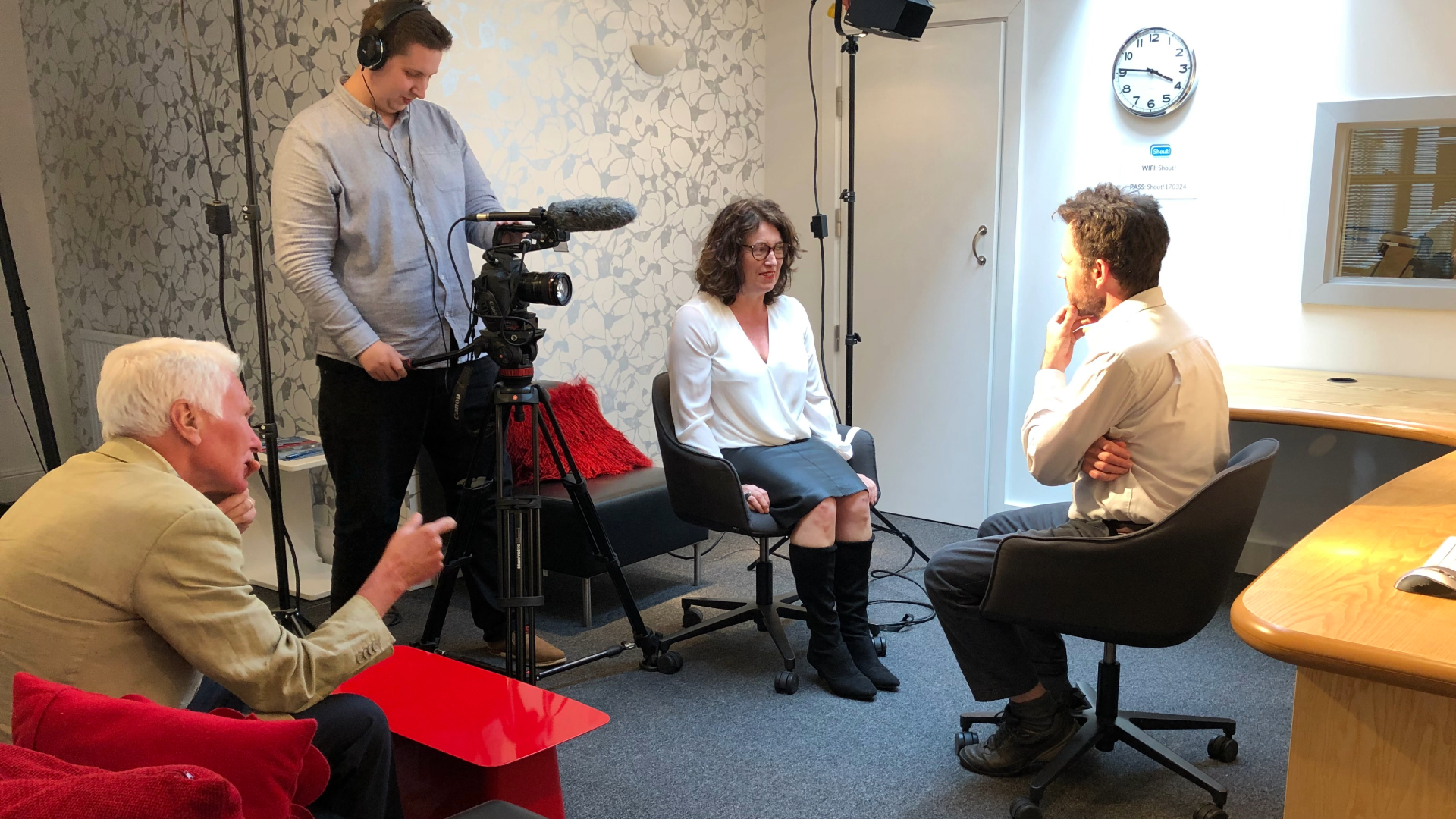
Content creation
Key messages should be finalised before you start producing press releases, images and video.
Cutbacks in newsrooms, across all medias, mean PR generated content is arguably more attractive to journalists than ever before. Video B-rolls are a good example of this. B-roll is 6-8 minutes of PR generated content, produced by providers like us at Shout! Communications, then given to broadcast journalists free of charge and any copyright issues. It is roughly edited video footage which can be edited together by the broadcaster to illustrate a PR story. Of course, journalists can go out and shoot the footage themselves, but cutbacks mean they don’t always have this luxury.
Read more about how to produce a B-roll that journalists want to use by clicking here. https://shoutcommunications.co.uk/what-we-do/video-production/b-roll-footage/
Measurement
As we know, the PR industry spends a lot of time discussing how to measure success. AVEs (advertising equivalents) have been discredited and replaced with a plethora of other tools, ranging from media mentions and website traffic changes to news clients and converstion rates. Of course there are many more measurements too, depending on your business.
This is a bit more difficult if you only support a brand on a project basis, such as a radio day or a TV sell-in. At the start of each of our project campaigns, we ask clients to choose which are the two most important things to them, from a list of five, including brand mentions, quality of the station, audience reach, or communication of key messages.
Strategies to try out in 2024
We understand the challenges – most PR stories are competing to get on the news in the busiest of news agendas. So what should you try to do? Here are some tips, pulled together from our team of broadcast experts.
- Your experts must REALLY be expert. Journalists cannot be fobbed off by someone purporting to know everything about AI unless they really do, and have the credentials to support this.
- Not only must they be expert in their field, but your spokespeople need to be great media performers. Anyone can improve with media training and the goal must be giving the journalists the content they want, at the same time as communicating your key messages. Journalists look for engaging, informative and ultimately entertaining guests.
- Spokespeople can also be influencers. It’s not just celebrities who are influencers, anyone in a specialist field can become an influencer if they build up a profile. We have a lot of success with this with our Directory of Expert Broadcast Speakers. The Directory includes a variety of people from psychologists and dentists, to economists and personal finance advisers. Over time they become the experts that journalists turn to for a breaking story.
- If your expert can be a woman that’s even better. Journalists and audiences expect, and engage more, when you can be inclusive. That means considering all ages, genders, races, culture and disabilities
- Think about cross promotion. Don’t just commission a radio day, have a TV element to it too. The two are becoming interchangeable in any case, particularly on national radio where several broadcasters are videoing their radio interviews and broadcasting them too. And don’t forget podcasts, the only area in broadcasting to be growing. Newspapers are still tomorrow’s chip papers, and so much radio and television output is live, that PR campaigns can be over in a flash. Podcasts however, whilst they might lack some of the audience reach of traditional broadcast media, do hang around for a lot longer.
- Earned media coverage is more difficult than ever to secure. So, think like the journalist you’re approaching. For broadcast that means summing up a story in a single sentence – it’s a really good test as to whether you’ve honed the top line. Journalists don’t have much time to hear your pitch either, so brevity is good. When writing a release try telling a story – like any story it has a beginning (the crux of the matter), a middle (the detail) and an end (a call to action). Embargo a story until a minute after midnight (in time for breakfast shows), think pictures for TV, and make sure spokespeople are available for live interviews.
At Shout! Communications we work with clients on a project and a retainer basis. We can help you with much of the above, from media training and spokesperson sourcing, to placement on radio, television and podcasts. For more information about our services click here https://shoutcommunications.co.uk/what-we-do/or contact us at hello@shoutcommunications.co.uk or call 020 7240 7373.

